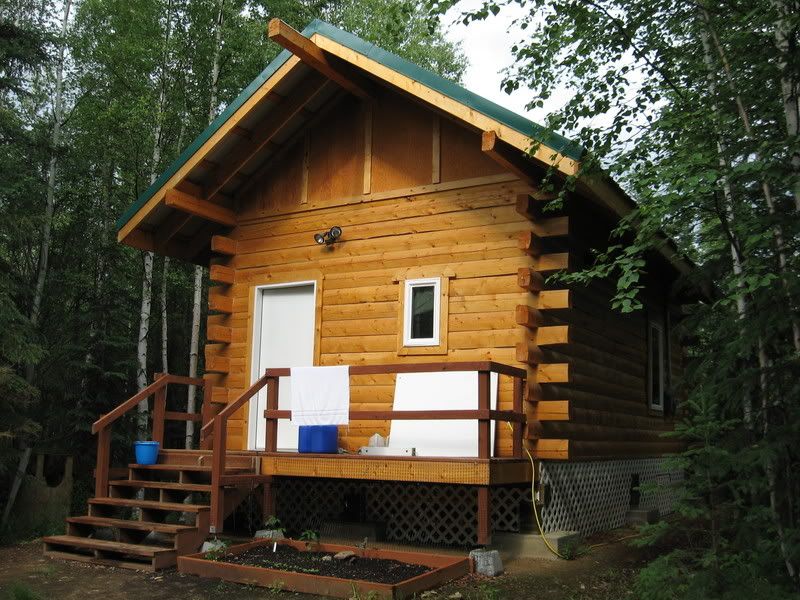“When you walk into any natural National Park, you’re walking into somebody’s homeland. You’re walking into somebody’s house. You’re walking into somebody’s church. You’re walking into somebody’s place where they’ve lived since the time the Creator made it for them.”– Gerard Baker, U.S. National Park Service, Retired
You may hear the word "home" and think of the house you live in. Or maybe the house you grew up in. Still others might think of a specific town or city. Perhaps you are lucky enough to have more than one home, or feel at home whenever you are with friends and family.
Let me backtrack and give a bit of context to the quote above. Gerard Baker is a Mandan-Hidatsa Indian who grew up on the Fort Berthold Reservation in North Dakota. He just recently retired from the National Park Service, after spending years living, studying and interpreting native cultures. So the quote above bears special meaning to him. His words spoke volumes to me; they resonated with a message I struggle to verbalize.
The word 'home' has different connotations to different people. Some objective and other subjective. Objectively, you might consider St. Louis, Missouri, to be my home; I was born and raised there. Or you might consider Denali Park, Alaska, my home, as that is where the U.S. Postal Service currently sends my mail.
But perhaps I can offer a bit more insight into my home: carpeted with flowers in the summertime, and snow in the wintertime, my spirit is at home - at peace - out in our great parks. It is in great valleys surrounded by towering peaks that I understand the significance of cathedrals and the interconnectedness of the world around me. These places of beauty nourish the body, mind and soul.
The Holzworth Homestead
Rocky Mountain National Park, Colorado
Rocky Mountain National Park, Colorado
Rangers often get asked "How do get to be a ranger?" or "Why did you become a ranger?"
My answers usually mention visiting our magnificent parks as a kid with my family, studying the natural sciences, loving the great outdoors, etc. etc. etc.
But the simple truth is this: I work in these places so that I can live at home.
And in so doing, I hope to convert a few other to the same love and contentment I feel, in the hopes of protecting these resources that nourish life - and, of course, in the hope of protecting my home.
























